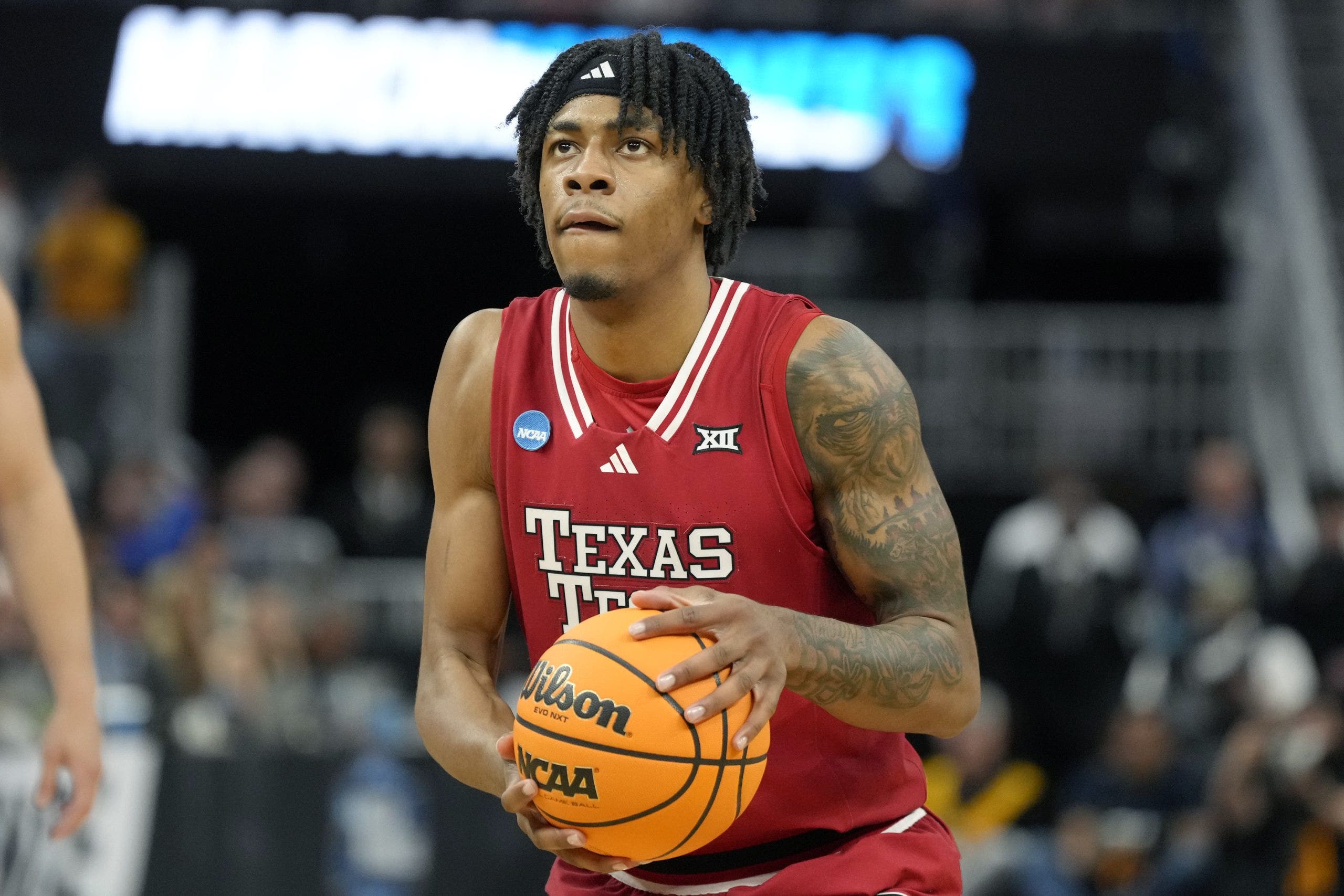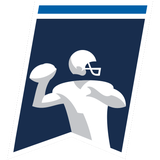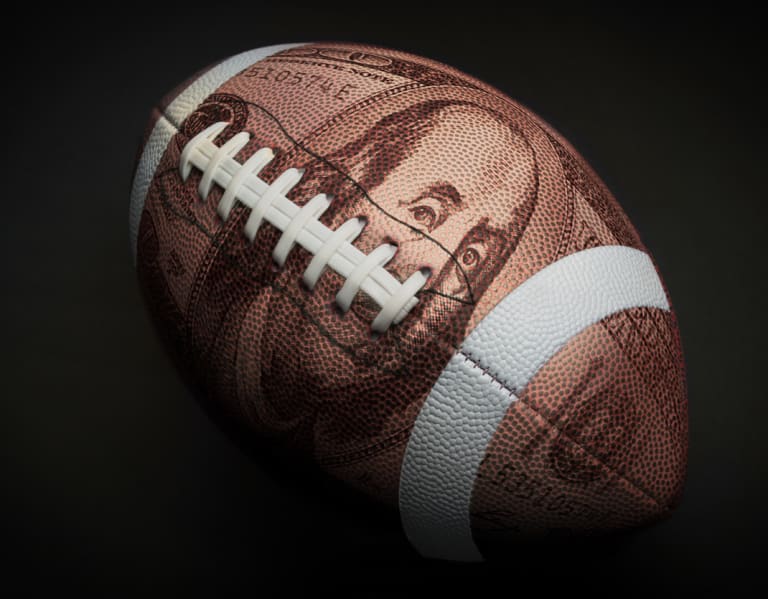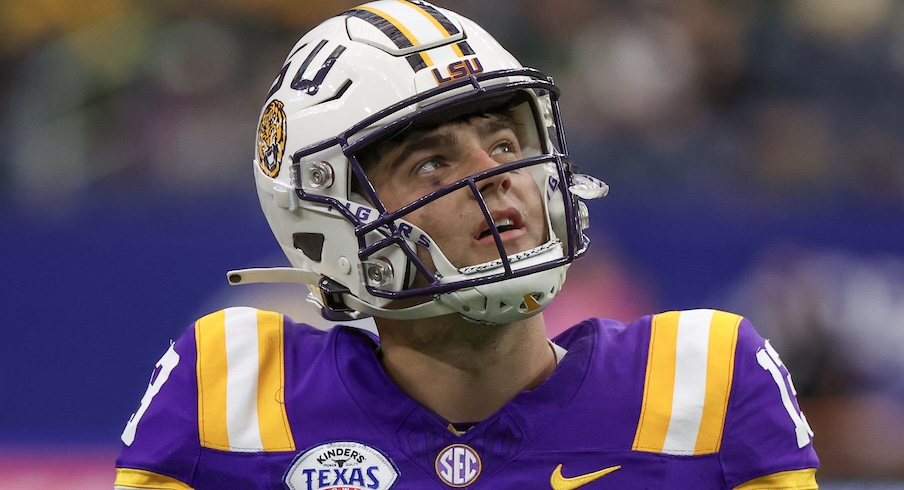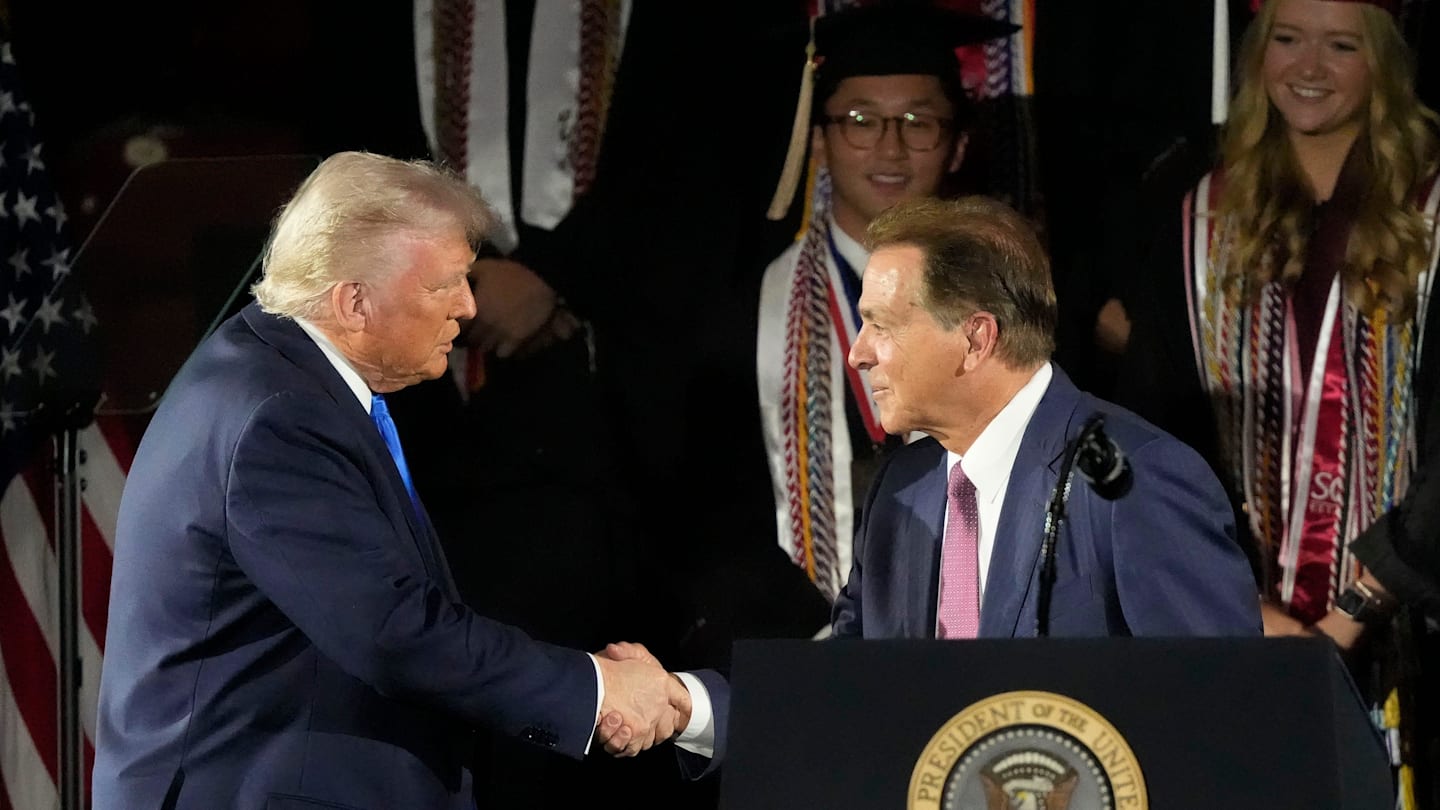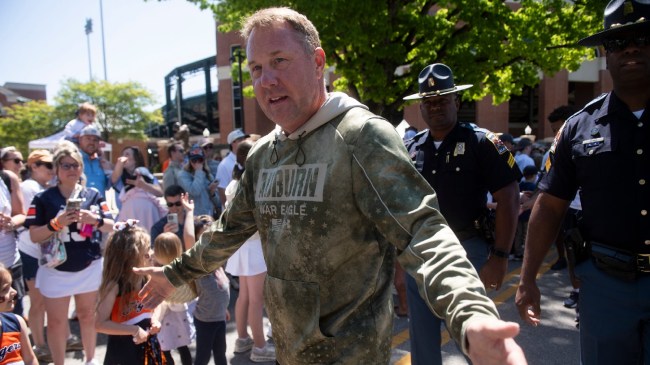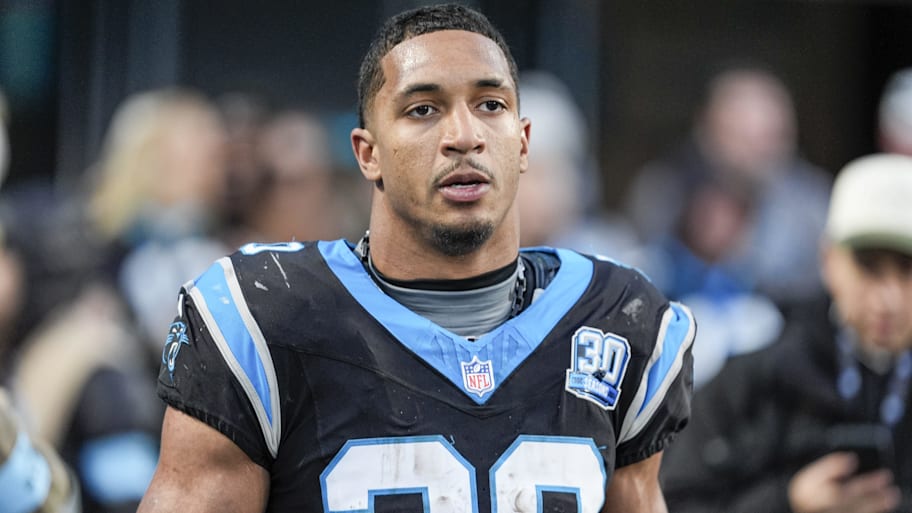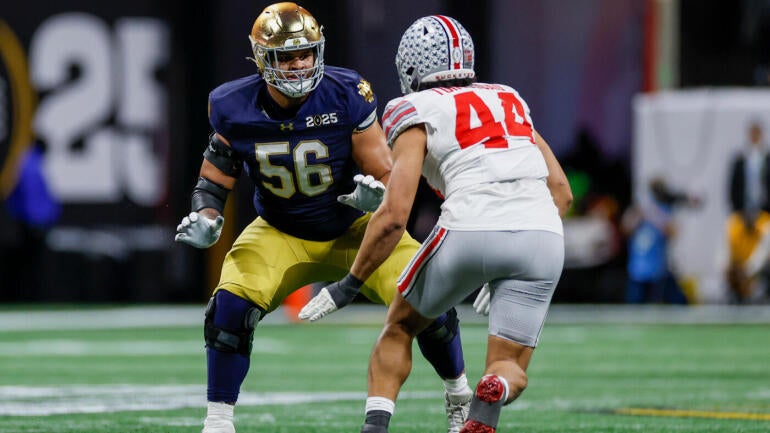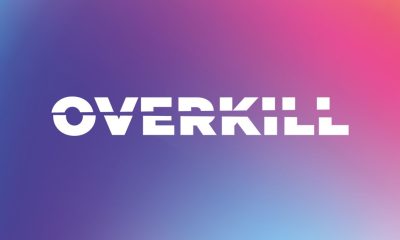ORLANDO — The man steps onto a raised platform, walks behind a podium and leans toward the microphone.
Before him, more than 200 college athletic administrators shift to the front of their seats. For months now, they’ve been waiting for this moment.
“I’m Karl,” the man says, “with Deloitte.”
Karl Schaefer is a young man with perfectly cropped hair, a sharp grin and slender frame. He is here to lead a 40-minute presentation on the single most talked-about concept of college athletics’ new revenue-sharing era: the Deloitte-run clearinghouse dubbed “NIL Go.”
Though it remains unsaid by those in power, the goal of NIL Go is quite clear: prevent booster payments to athletes that, for four years now, have been masquerading as commercial and endorsement deals.
As Schaefer flips through slides of the NIL Go software system, for the first time revealed publicly, whispers within the room build to murmurs. Attendees capture slides with photos. Some video the entire event. Others scribble notes on a pad.
How Deloitte and the new enforcement entity, the College Sports Commission, plan to prevent booster pay is the target of much criticism and fascination — plenty of it shrouded in secrecy for the last many months.
In central Florida, at an annual conference of administrators this week, the shroud was at least partially lifted. Not only was the platform’s interface shown on a giant projection screen during Schaefer’s presentation — including the six-step submission and approval process — but, in interviews with Yahoo Sports or during other public presentations, college sports executives who helped craft the system answered questions that, up to this point, had remained unanswered.
While many doubt that the clearinghouse will withstand inevitable legal challenges, administrators here provided legitimate reasons for why they believe in its long-term survival. Most notable of those, says NCAA president Charlie Baker, is that the clearinghouse’s appeals process — arbitration — is equipped with subpoena powers.
“They do have that power,” Baker told Yahoo Sports. “Arbitration typically has subpoena power and I’m pretty sure since this one sits inside an injunction, they will have it.”
Officials at the power conferences confirmed that “significant subpoena powers” exist under the arbitration appeals process, but those powers are less expansive than subpoena authority within a courtroom. The decision to use subpoena powers and how exactly to use them — limited or broad — is expected to rest with the arbitrator presiding over the appeals process.
A subpoena compels individuals or entities to produce evidence under penalty of law, such as turning over text messages, emails and phone call logs as well as testifying before investigators. It is one of the more important tools for officers of the law, such as police investigators — and something that was never available to the NCAA enforcement staff.
“We won’t have complete subpoena power, but if an athlete goes into arbitration … those records, you can get access to some of those records,” said Ohio State athletic director Ross Bjork, who is a member of a settlement implementation committee that helped construct the new enforcement entity.
“It’s going to be a new day.”
The algorithm
Back in the Deloitte presentation room, Schaefer is explaining the submission process for NIL Go. Athletes are required to submit third-party NIL deals of $600 or more using a web-based submission system, not unlike an online registration system for, say, a passport.
Shaefer explains, gesturing toward a giant projection screen, that the clearinghouse makes three determinations once a deal is submitted:
Is the third party an “associated entity” with the university, such as a booster, or a business contracted with a school like a university sponsor or apparel brand? If so, more intense scrutiny is applied in the vetting process. Public companies can, and many of them will, be deemed as associated entities.
Is the deal for a “valid business purpose?” The third-party business, brand or individual must be receiving true value from the activities, such as an autograph session, television commercial or speaking engagement.
Is the deal within Deloitte’s “range of compensation” paid to similarly situated individuals? This is perhaps the most criticized of the concepts. Deloitte created “the range of compensation” through an algorithm using fair market value analysis, comparing similar types of NIL deals struck between an athlete and the third party.
More is now known about that algorithm.
Clemson athletic director Graham Neff, one of the implementation committee members, details the factors used to form a compensation range: “Athletic performance is a big part of it. Your social media reach and following. Market — where schools are at. The reach of your school within said market.”
This will vary by school. Neff offers an example. “The reach of Georgia Tech in Atlanta is different than the reach of Georgia State,” he says.
Neff believes that a “majority” of NIL deals will derive from “associated companies,” as school sponsors, multi-media rights partners and individual alumni and boosters work to provide universities with additional compensation so they can exceed the $20.5 million revenue sharing cap that each school is afforded. Third-party NIL compensation that passes the clearinghouse does not count against the cap.
Even those who helped craft the new enforcement entity acknowledge that the system is attempting to do a very difficult thing: bring regulation to an enterprise that has, for four years now, seen little to no regulation or enforcement of athlete compensation.
“There’s some toothpaste back in the tube a little bit given the environment,” Neff said.
For example, Deloitte officials claim that 70% of past deals from booster collectives would have been denied in their algorithm, while 90% of past deals from public companies would have been approved. Deloitte has also shared with officials that about 80% of NIL deals with public companies were valued at less than $10,000 and 99% of those deals were valued at less than $100,000.
These figures suggest that the clearinghouse threatens to significantly curtail the millions of dollars that school-affiliated, booster-backed collectives are distributing to athletes.
“No one is trying to restrict someone’s earning potential, but what we’re trying to say is, ‘What is the real market?’” Bjork says. “Everybody you talk to about the pro market will tell you that NIL deals for pro athletes are really small. In the collective world, we created a false market.”
Denial, approval and arbitration
Displayed on the giant screen before hundreds of athletic administrators is the six-step clearinghouse submission and approval process.
Step 6 lays out the process for a player if his or her deal is denied by the clearinghouse because it either is not struck for a valid business purpose or it does not meet the compensation range.
(1) Revise and resubmit the deal so that the compensation amount falls within the algorithm’s range. For instance, if the clearinghouse deems that a submitted $1 million deal should be $500,000, the athlete can resubmit for $500,000 and the school, if it so chooses, can compensate the athlete for the other $500,000 through its revenue-share pool.
(2) Cancel the deal completely.
(3) Request arbitration as an appeals process.
(4) Accept the rejected deal as is. In this case, the athlete “may face enforcement consequences (e.g., loss of eligibility),” the Deloitte presentation slide reads.
According to settlement terms, attorneys for the plaintiffs (the suing athletes) and defendants (NCAA and power conferences) will work together to select a neutral arbitrator or arbitrators to preside over these cases. Individual arbitration processes are expected to last no more than 45 days.
In an interview last fall, plaintiff lawyer Jeffrey Kessler described the arbitration as a trial-like set of hearings in front of an arbitrator — the new enforcement entity on one side (NCAA and power conferences) and the athlete on the other side.
How an arbitrator rules may “depend on what evidence” each side produces, Kessler said. As Baker and others have noted, that evidence may now be generated through limited subpoena power.
But one lingering question remains: Will an athlete’s school fight alongside him or her in the case?
“I expect that if the athlete pursues it, the school will support the athlete and help provide the athlete with counsel to help represent them in that challenge,” Kessler said.
Penalties for NIL violations
Implementation committee members say they are finalizing a “menu” of penalties for those found to commit violations within this new revenue-sharing era, most notably those found to have (1) circumvented the cap with old-fashioned cheating or intentional or accidental miscalculations; and (2) tampered with another college athlete or prospect who is under contract.
Officials decided against using a set penalty matrix as the NCAA currently does (Level I, Level II, etc.). Instead, they are providing the new College Sports Commission CEO, Brian Seeley, with the flexibility to choose penalties from a wide range of options, depending on the individual circumstance.
“Those penalties being worked through are going to be significant and are going to be different than any penalties we’ve had previously,” said new Michigan State athletic director J Batt, a member of the implementation committee. (Batt recently left Georgia Tech after he was named the AD at Michigan State.)
An example of a new kind of penalty is a reduction in transfers that a school can acquire from the portal, Bjork says. But there are others. A postseason ban remains among the penalties, said Desiree Reed-Francois, the Arizona athletic director and implementation committee member.
There are also stiff fines — multi-million dollars in value — that may be levied against schools, administrators and coaches. Suspensions, for coaches and administrators, are on the penalty menu as well.
“The fines are substantive,” Reed-Francois says.
One penalty is off the table. Administrators say that reducing a school’s revenue-share pool for subsequent years is not permitted. The settlement guarantees that schools are afforded the same revenue share pool.
Pushback
The clearinghouse has made its way to the U.S. Capitol.
During a congressional hearing over college sports on Thursday, Rep. Lori Trahan, a Democrat from Massachusetts, chided college leaders for instituting a new enforcement process that “guarantees people in power always win and the athletes who fuel this multi-billion dollar industry always lose.”
One of the witnesses in that hearing, Ramogi Huma, the executive director of the National College Players Association, chimed in as well, accusing the NCAA and conference leadership as wanting to “shut down boosters’ ability to pay players just to monopolize it” themselves.
College executives reject these notions and consider all of these elements — even the new enforcement process — as protected by a legally binding settlement. The new enforcement entity was not created by committee members in some “backroom,” Bjork says. The implementation committee only provided structure to an enforcement piece that is “codified” within the settlement.
“There are processes here that have been approved by the court and the plaintiffs and the defendants that people are going to be expected to follow,” Baker told Yahoo Sports. “Given so much of what’s been going on in the third-party space hasn’t been accountable or transparent, and has made a lot of people outside of college athletics a lot of money, I can understand why there might be some grumpiness about this.”
Soon, power conference schools — and others opting into the settlement — are expected to sign an affiliation or membership agreement. With this binding document, schools waive their right to sue over enforcement decisions and commit to settlement terms, even if their state laws contradict them.
The agreement — itself the subject of legal concerns, even from some schools — is an indictment on an industry of stakeholders that, for competitive reasons, are constantly scrambling to bend, break and shatter rules to gain even the slightest edge.
Earlier this week in Orlando, members of the implementation committee publicly implored schools to follow rules.
“This has to be a mindset change,” Bjork told the audience. “We see all the reports and naysayers, that ‘we’re going to go back to old-school cheating and all these things and that this is not going to work.’ This has to work.”
“This will work if we make it work,” Reed-Francois said. “We need to shift our mindset and make this work.”
Can it be done? But what if athletes decide not to submit any of their third-party deals at all?
“People will be turning in people,” Reed-Francois said. “There’s a lot more transparency now.”
Back in the convention hall, Schaefer, from Deloitte, is winding down his presentation. He thanks the crowd before beginning to walk off the stage.
From among the crowd, a few raised hands emerge. Folks have questions.
Others in the audience remind the hand-raisers of something announced before the presentation began: The Deloitte employees are not taking questions.
